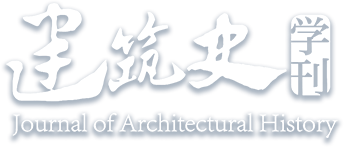Abstract:
After the Japanese were defeated, Nanjing City, which had witnessed numerous vicissitudes, awaited rejuvenation. With the National Government’s return to Nanjing, various organizations established numerous large-scale shopping buildings. The domestic product movement, colluded by both the government and businesses and coupled with the government’s market revitalization plan and the profitability of these enterprises, became the primary catalysts for the construction and development, achieved through the reorganization, expansion, and dilation of commercial spaces, facilitating the accumulation and circulation of capital. However, as the economic crisis intensified in this period, these buildings fell in severe operational predicaments. Based on a comprehensive investigation of their establishment processes, organizational structures, spatial forms, and transformations of operational space, this paper delves into the social landscape of this period through the lens of the production of commercial space.


 下载:
下载: